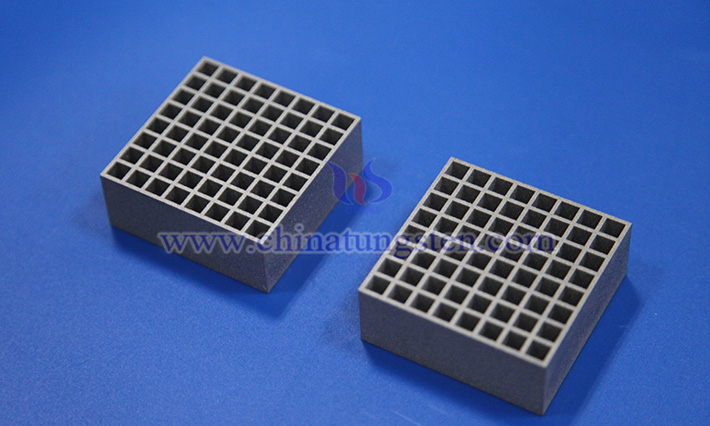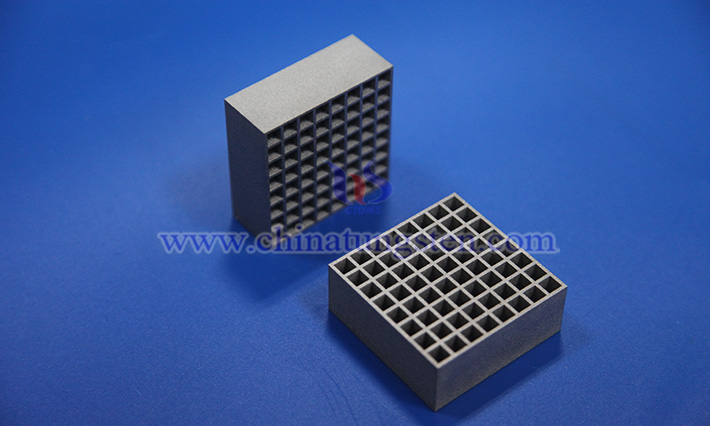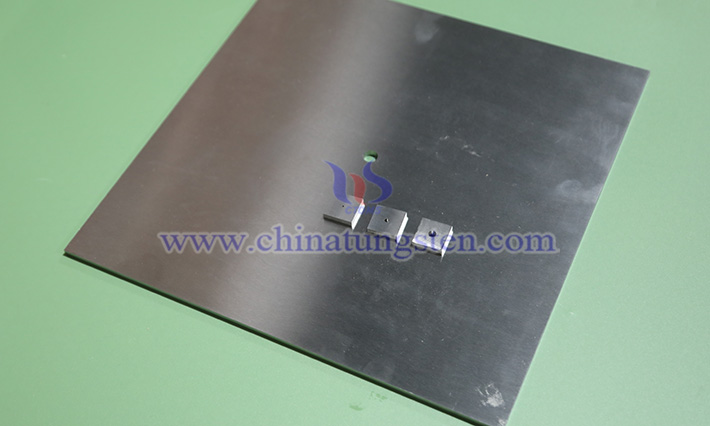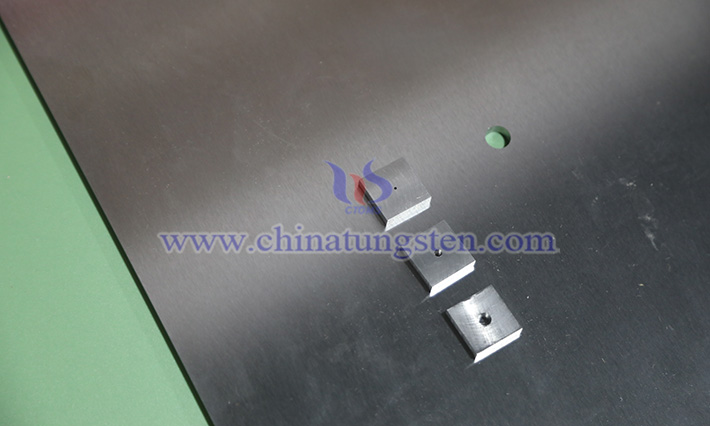Tungsten Alloy Collimator
- Details
- Category: Tungsten Information
- Published on Monday, 11 August 2025 11:17
Radiotherapy equipment is a specialized medical device used for tumor radiation therapy, with its core function being the generation and delivery of high-energy rays (such as X-rays, gamma rays, electron beams, and proton beams) to damage the DNA structure of cancer cells, inhibiting their proliferation and thereby treating tumors. However, radiation is a double-edged sword—it can harm surrounding healthy tissues while targeting cancer cells. At this juncture, a seemingly inconspicuous yet highly critical component—the tungsten alloy collimator—plays a vital role. Acting like a "gatekeeper," it controls the direction and range of radiation, ensuring that rays target cancer cells as precisely as possible. So, what exactly is this tungsten alloy collimator, which plays a key role in radiotherapy, and how does it control radiation?

Tungsten alloy collimator is a device used to narrow particle beams or light waves. The term "narrowing" carries profound physical significance, meaning it directs particle rays along a specific path—figuratively, it provides a "track" for the rays, allowing only those parallel to the collimator to pass or reducing the cross-sectional area of the beam to limit the radiation dose.
In the radiation head component of medical accelerators, the tungsten alloy collimator holds a critical position. Take the common medical linear accelerator as an example: when the accelerator generates high-energy rays, these rays resemble a swarm of "scattered projectiles." Without control, they can damage surrounding healthy tissues. The tungsten alloy collimator acts as a "radiation filter," blocking rays with disordered directions and allowing only those meeting treatment requirements to reach the tumor site. During radiotherapy, it can adjust the radiation field based on the tumor's size and location, maximizing the reduction of incidental damage to healthy tissues.
The design of tungsten alloy collimators varies to meet different application needs. A common type features tungsten alloy plates with a matrix of through-holes. These holes act like arranged "radiation channels," permitting rays parallel to the collimator to pass, thus providing initial control over ray direction. This simple perforated plate structure is widely used in scenarios where precision requirements are relatively low.

I. Working Principle of Tungsten Alloy Collimators
The working principle of tungsten alloy collimators is based on their unique physical structure and their ability to block and filter radiation. Taking the common perforated plate design as an example, when the radiation source emits rays, these rays scatter in all directions toward the collimator in a disorderly manner. The through-holes in the collimator act as a screening mechanism, allowing most rays parallel to the holes to pass through, while rays at other angles are blocked or absorbed by the high-density tungsten alloy plate.
In medical accelerators, the tungsten alloy collimator operates in coordination with the entire radiotherapy system. After a doctor formulates a radiation treatment plan based on the patient’s tumor condition, the plan’s instructions are transmitted to the accelerator host. The host then sends signals to the collimator’s control mechanism, driving its movement to adjust its position in tandem with the multi-leaf collimator, effectively shielding areas outside the conformal shape from leakage radiation.

II. Application Advantages of Tungsten Alloy Collimators
Among various collimator materials, tungsten alloy stands out as the preferred choice in radiotherapy due to its unique advantages. From a material perspective, tungsten alloy is a high-density material, endowing it with exceptional radiation shielding capability. Studies show that shielding effectiveness is closely related to density: generally, the higher the density, the better the radiation shielding. Tungsten alloy can achieve a density of up to 18.75 g/cm³. Under the same thickness, its ray shielding ability surpasses that of lead, and this gap widens as ray intensity increases.

Another significant advantage is its environmental and non-toxic nature, which is highly valued in the medical field. Compared to lead-based collimators, tungsten alloy is relatively environmentally friendly. Lead, a heavy metal, can pollute the environment and pose potential health risks during production, use, and disposal.
Additionally, tungsten alloy collimators offer a longer service life. With high strength, hardness, and wear resistance, they can withstand the frequent movements and adjustments required in medical accelerators to meet perse treatment needs. Thanks to their excellent mechanical properties, tungsten alloy collimators resist deformation and damage from prolonged mechanical motion and radiation impact. Compared to collimators made from other materials, they require less frequent replacement, reducing equipment maintenance costs and downtime.
- Chinatungsten Online: www.tungsten-alloy.com
- CTIA GROUP LTD: en.ctia.group
- Tungsten News & Price: www.ctia.com.cn
- Molybdenum News & Price: news.molybdenum.com.cn
- Tel.: 86 592 5129696; Email: sales@chinatungsten.com



 sales@chinatungsten.com
sales@chinatungsten.com